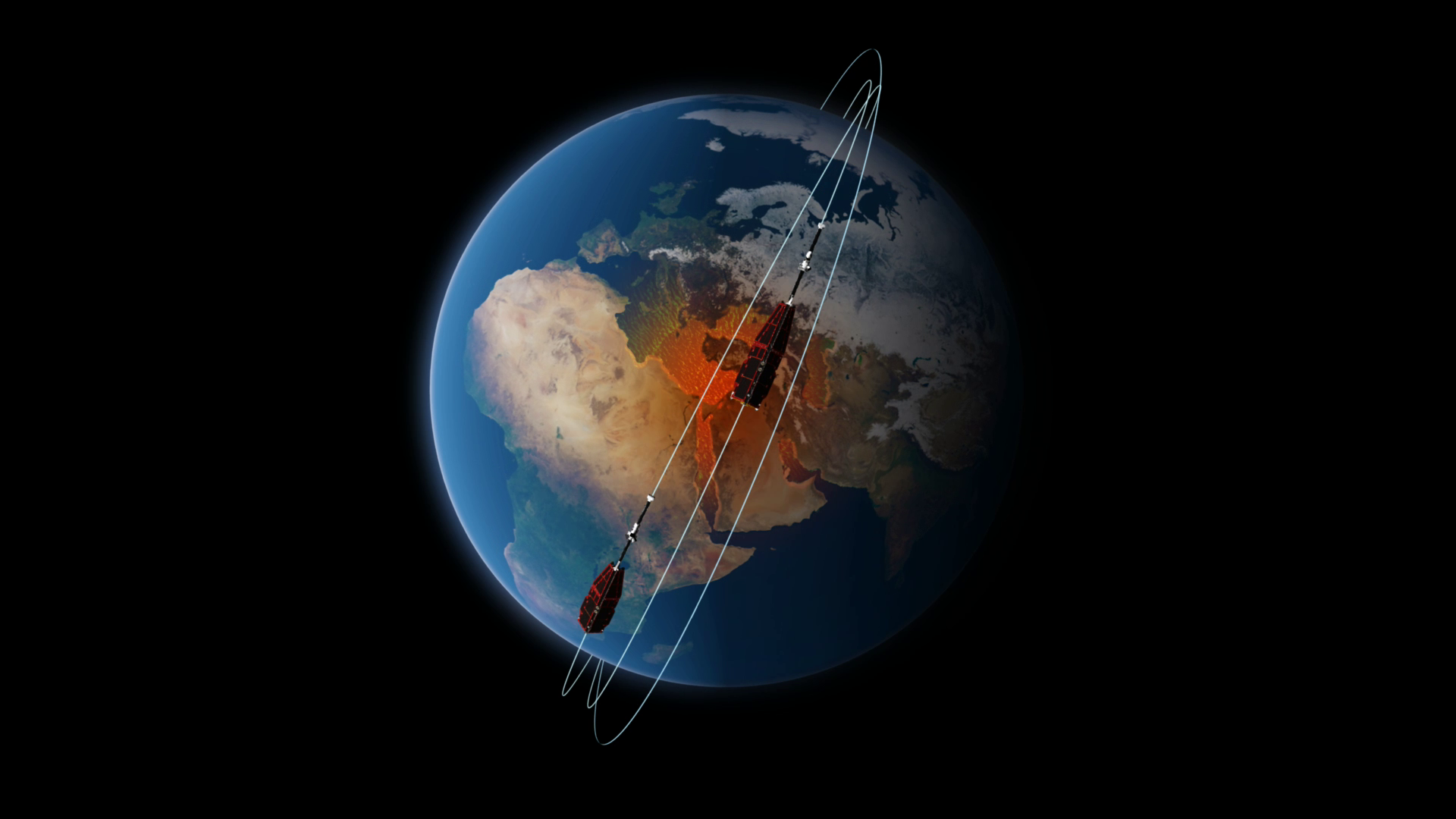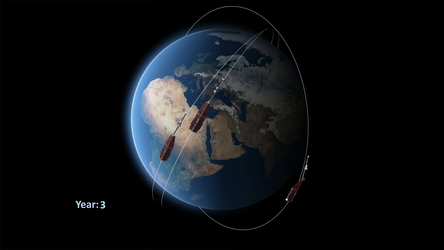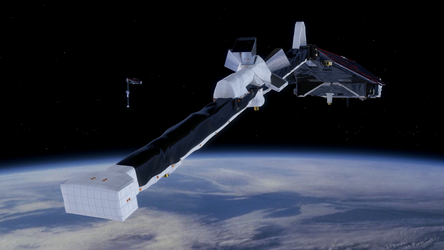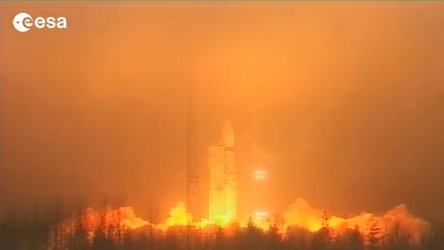Swarm’s precise sense of magnetism
Although they were launched only five months ago, ESA’s trio of Swarm satellites are already delivering results with a precision that took earlier missions 10 years to achieve.
Engineers have spent the last five months commissioning the identical satellites and carefully guiding them into their orbits to provide the crucial measurements that will unravel the mysteries of Earth’s magnetic field.
Swarm has a challenging task ahead.
Together, the satellites will measure and untangle the different magnetic readings that stem from Earth’s core, mantle, crust, oceans, ionosphere and magnetosphere.
In addition, information will also be provided to calculate the electric field near each satellite – an important counterpart to the magnetic field for studying the upper atmosphere.
Two satellites are now orbiting almost side by side and have started their operational life at 462 km altitude. The third is higher, at 510 km.


Access the video
The readings made at different locations will be used to distinguish between the changes in the magnetic field caused by the Sun’s activity and those signals that originate from inside Earth.
Swarm is now in its fine-tuning phase but it has already produced enough information to build models of the magnetic field for comparison with existing models.
This proves that only a few months of Swarm data agree very well with a decade or more of predecessor missions.
For example, the image above shows the differences between Swarm’s version of the magnetic field from Earth’s crust compared to the 'Chaos-4' model. There are very few differences, demonstrating that the mission is working well.
ESA’s mission manager, Rune Floberghagen, said, "Although it has certainly been a big job getting the three satellites ready for operations, we are all very happy with how well the mission is doing so soon after launch.

"Scientists will start to have access to the mission’s magnetic field data in a couple of weeks."
Over the coming years, this innovative mission will provide new insight into many natural processes, from those occurring deep inside the planet to weather in space caused by solar activity.
In turn, this information will yield a better understanding of why the magnetic field is weakening.
The first results and status of the mission will be presented at a Swarm science meeting on 19–20 June in Denmark.














 Germany
Germany
 Austria
Austria
 Belgium
Belgium
 Denmark
Denmark
 Spain
Spain
 Estonia
Estonia
 Finland
Finland
 France
France
 Greece
Greece
 Hungary
Hungary
 Ireland
Ireland
 Italy
Italy
 Luxembourg
Luxembourg
 Norway
Norway
 The Netherlands
The Netherlands
 Poland
Poland
 Portugal
Portugal
 Czechia
Czechia
 Romania
Romania
 United Kingdom
United Kingdom
 Slovenia
Slovenia
 Sweden
Sweden
 Switzerland
Switzerland
































